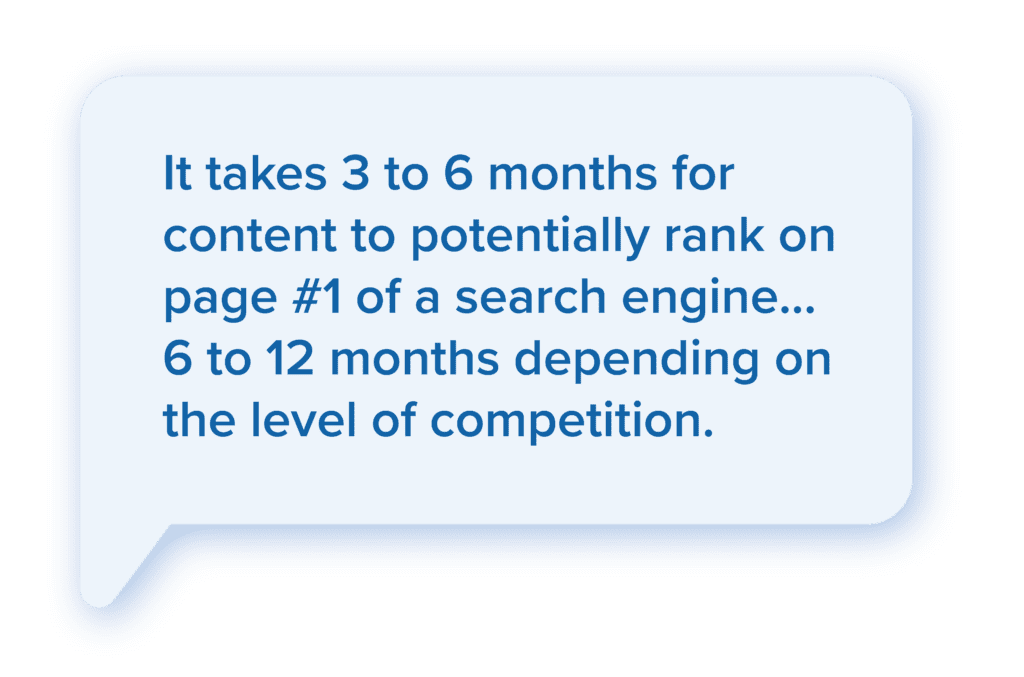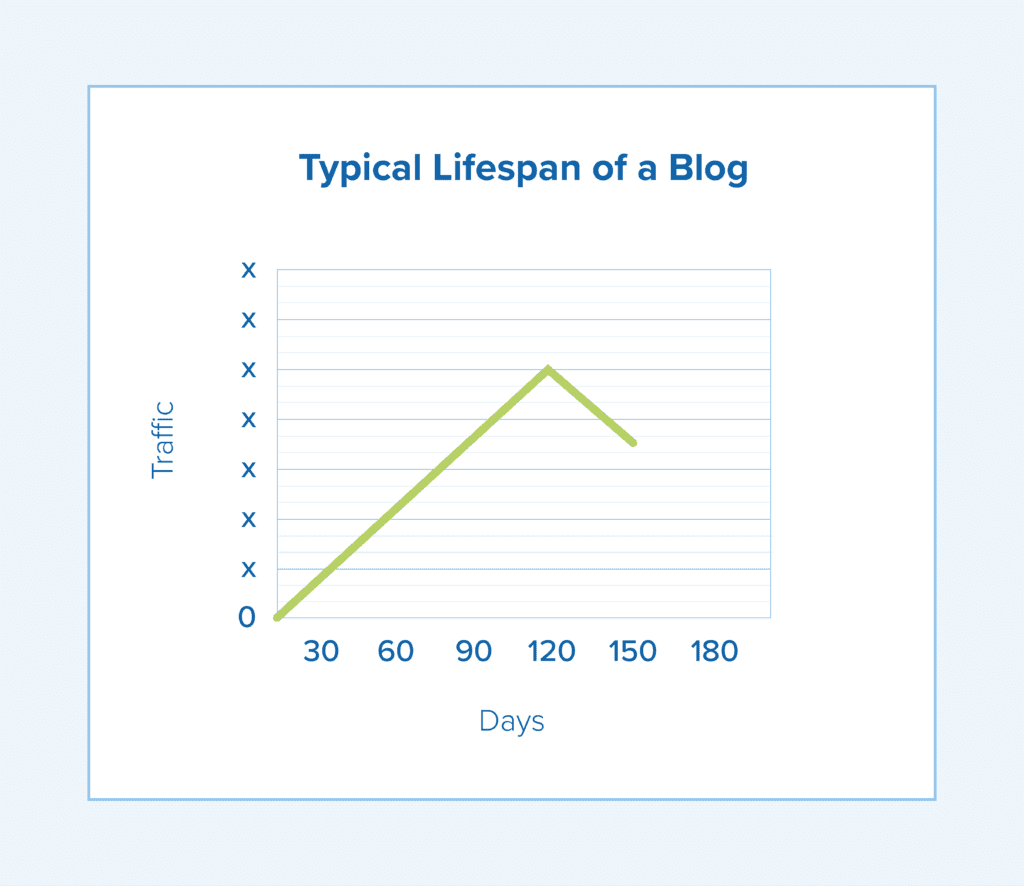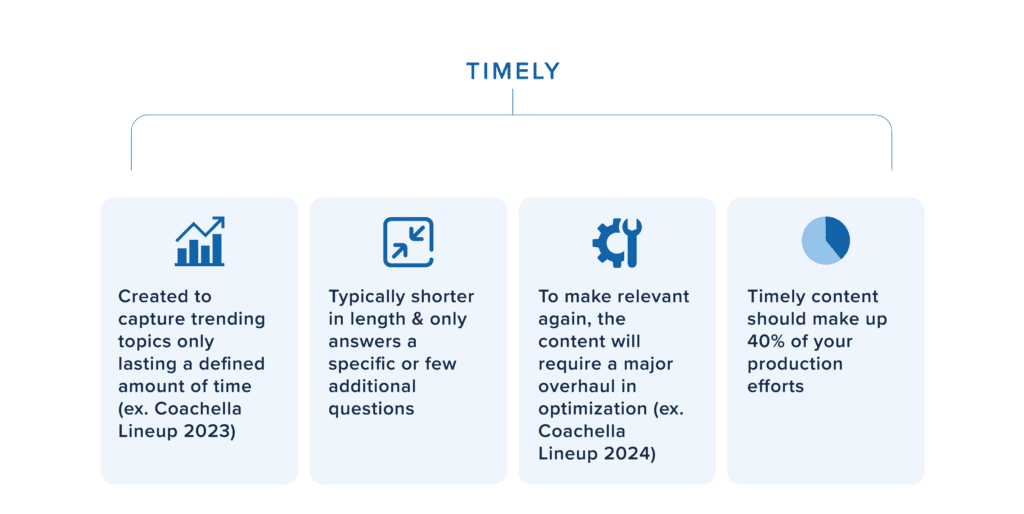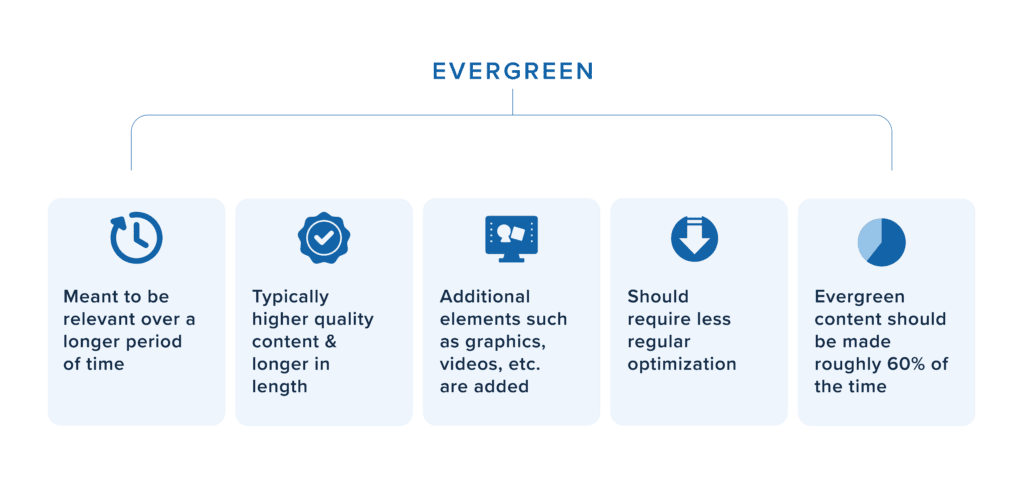
Staying ahead of the curve is essential to maintain a successful online presence. While constantly churning out new blog posts is important, it’s equally crucial to revisit and update your old blog posts.
Reviving and refreshing your existing content can help you maximize your site’s potential. In this blog, we’ll explore the benefits of updating old blog posts and provide you with effective methods to optimize them for better performance.
Benefits of Reviving Old Blog Posts
Before delving into the methods of updating old blog posts, let’s first understand the advantages of doing so.
Less Work

Updating an old blog post requires considerably less effort than creating an entirely new post from scratch. The foundation of the content is already in place, and you only need to build upon it.
By leveraging the existing structure, you save valuable time and resources. Revisiting an old post allows you to tap into your previous research, making the process more streamlined.
Correct Outdated Info
As time goes on, the information in your old blog posts may become outdated or inaccurate. Revising and correcting these posts allows you to maintain the integrity of your content and also build trust with your readers.
Providing accurate and up-to-date information showcases your expertise and demonstrates a commitment to delivering high-quality content. Users are more likely to trust and revisit a site that consistently offers reliable information. Google Analytics also rewards posts with accurate info, allowing you to rank higher in Google Search.
More SEO Power
Old posts still possess SEO value, even after their initial peak performance. They might have accumulated backlinks, social shares, and authority over time. By updating and optimizing these posts, you can leverage their existing SEO power and potentially boost their rankings in search engine results pages (SERPs).
An updated blog post can lead to increased visibility, organic traffic, and engagement with your website.

Methods of Dated Post Optimization
Now that we understand the benefits of updating old blog posts let’s explore effective methods to optimize them for better performance.
Overhaul vs. Update (Timely & Evergreen Content)
When updating old blog posts, it’s important to assess whether a complete overhaul or a simple update will be more beneficial. Some posts may only require minor on-page fixes, such as updating statistics or adding relevant information. These updates can help improve the post’s relevancy and user experience, pushing the post higher in search engines.
Certain industry-focused blogs may require a complete overhaul due to significant changes in the post-COVID world or other evolving trends. Determine the extent of changes needed based on the specific needs of each blog post. In some rare instances creating a new blog post may be a better use of time.


Retargeting
Over time, keyword trends and search volumes can change. A keyword that once had a high search volume might not be as popular anymore. In such cases, it’s important to retarget the blog post to a new, related target keyword that aligns with current search trends.
Proper retargeting ensures that a newly updated blog post remains visible and relevant to the target audience. Conduct keyword research and find suitable alternatives to optimize the post’s searchability.
On-Page SEO
Updating on-page SEO elements is crucial to maximizing the performance of your past blog posts. Start by optimizing the title tag and meta description. Ensure they accurately reflect the content and include relevant keywords.
Revisit the headings and subheadings within the post, making them more concise and keyword-rich. Consider adding relevant multimedia elements such as images, videos, or infographics to enhance user engagement and improve the post’s overall SEO.
Address Backlinks
Backlinks play a vital role in the ranking process, so it’s important to verify that all the links within your old blog posts are still live. Broken or outdated internal links can harm the user experience and have a negative impact on your SEO efforts. Fix or remove any broken links and consider reaching out to other website owners to update outdated links.
If you have newer content that complements the updated post, add internal links between related articles to enhance both user experience and SEO.
Readability
Updating the original post goes beyond correcting outdated information and optimizing SEO. It also involves reviewing the readability and addressing any grammar or syntax issues. Poorly written or difficult-to-understand content can discourage readers and harm your credibility.
Make sure to proofread the post thoroughly, ensuring that the language is clear, concise, and engaging. Break up lengthy paragraphs, use bullet points or subheadings for easy scanning, and ensure the overall flow of the content is smooth and coherent.
Pick the Low-Hanging Fruit
When it comes to updating old blog posts, it’s important to prioritize your efforts and focus on the ones that offer the greatest potential for improvement. One effective strategy is to pick the low-hanging fruit – the blog posts that have the most opportunity to rank.
Here’s a quick guide to which posts have the most potential to yield impressive results.
Proximity to the Top Search Page
Blogs that are ranked just below the top search page have already shown some level of competitiveness. Optimizing these posts gives you a higher chance of pushing them onto the first page of search results, where they’ll receive significantly more visibility and organic traffic.
Improving their ranking positions can lead to a substantial increase in clicks and conversions.
Room for Optimization
Some blog posts may have performed reasonably well in terms of ranking but still have untapped potential for optimization. By analyzing their performance metrics, such as click-through rates (CTRs) and bounce rates, you can identify areas where improvements can be made.
This could involve updating the content with additional information, enhancing the user experience, or optimizing the on-page SEO elements. With relatively small adjustments, these posts can deliver better results and generate more value.
High Impressions, Low Conversions
If you notice that certain blog posts have generated a significant number of impressions but haven’t translated into desired conversions or engagement, it’s a clear indicator that there is room for improvement.
Start by enhancing the relevance, improving the call-to-action, or addressing any potential gaps in the content that may be hindering conversions. This focused effort can help maximize the impact of these high-impression posts and turn updated blog posts into valuable assets for your website.
Efficient Blog Post Optimization
Reviving and updating old blog posts is an effective strategy to maximize your content’s potential and maintain a strong online presence. Refreshing your existing content requires a time and resources investment, so use a deliberate strategy to optimize the process.
Use the methods discussed in this blog to breathe new life into your old blog posts and experience the positive impact they can have on your digital marketing efforts. Contact Elevato for help optimizing blog posts and streamlining your SEO process.
